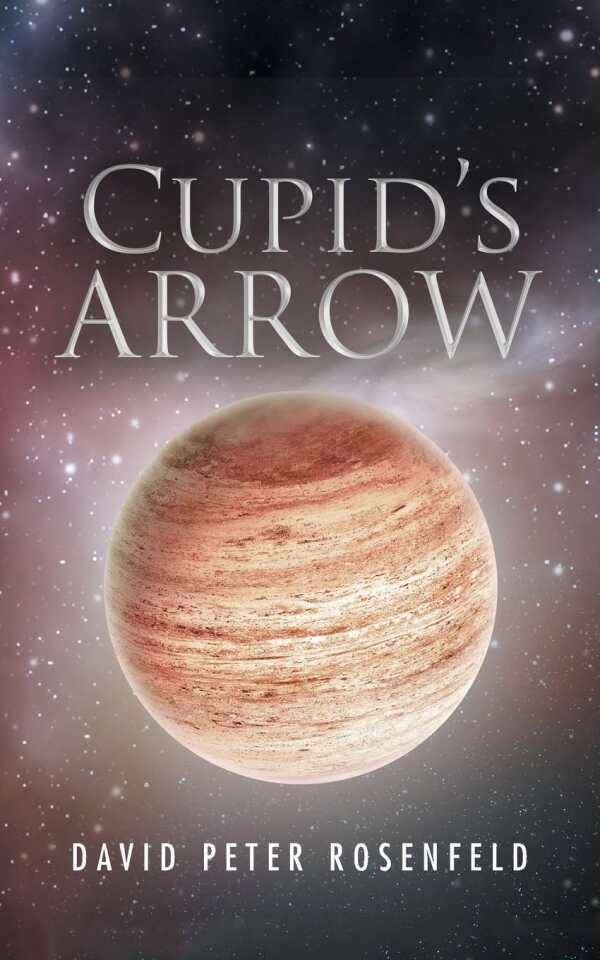Cupid’s Arrow
Its truths shrouded in mystery and folklore, Cupid’s Arrow covers a fantastical expedition gone awry.
David Peter Rosenfeld’s science fiction novel Cupid’s Arrow takes fearless flight but grounds itself in the innate need to learn of the past.
Lady Thundercrest, an evolved bird-human hybrid, is at the center of a trial in the Nesthouse, accused of perjury and the murder of her fellow expeditionists. The expedition in question, led by Lady Thundercrest herself, was an attempt to uncover traces of past civilizations, namely those related to “The Ones Who Went Before,” in a scarcely investigated region of land known as the Desolate Zone. But even as the magnificent and unbelievable discoveries of a cave in the Desolate Zone are relayed to the incredulous jury and assemblage, the truth of the expedition remains hidden until an attack throws the Republic into chaos.
The Nesthouse is filled with the Republic’s citizens, the air aflutter with anticipation, the scene establishing the world, without question, as dominated by a superior intellectual avian species. The context in which this species came to be is shrouded in mystery, folklore, and some archaeological evidence until later on in the narrative. Even then, specific details of evolution and biological connection to humans is vague, leaving much to be explored and answered. Nonetheless, the existence of a judicial system, a police force, and a hierarchical structure that separates commoners from the aristocrats suggests that ties to past human societies are ever present. The antagonistic tolerance with which the Republic and the Black & Whites—another group of bird-human hybrids—regard each other is reminiscent of geopolitical relations between humans, further asserting a Homo sapiens lineage.
The first half of the book is confined to the Nesthouse and relies on the secondhand account of Lady Thundercrest’s testimony as reiterated by the prosecutor. This method of telling, while effective in both concentrating on the details of the expedition and concealing Lady Thundercrest’s motivations, binds the story to the explicit events of the expedition and those currently occurring at the Nesthouse, leaving little room to delve into the intricacies of the society from a nonexpository perspective.
The stakes are clear—the expedition is a pursuit of knowledge and understanding. And Lady Thundercrest is at the root of this search; the story revolves around her and relies on her to propel it forward. Her status as an aristocrat is central to her characterization, demonstrated by her air of stern yet delicate authority and by the fascination that surrounds her case. Her personality, like the other characters’, is dependent on her role in society—just as the bailiff, judge, and cartographer are defined by their specialties and duties, so is Lady Thundercrest. She does not change; her character remains static, her emotions concealed, the inner workings of her thoughts, hopes, and dreams observed from a distance.
An aristocrat is willing to sacrifice everything to learn more about her planet’s past in the fascinating science fiction novel Cupid’s Arrow.
Reviewed by
Cierra Taylor
Disclosure: This article is not an endorsement, but a review. The publisher of this book provided free copies of the book and paid a small fee to have their book reviewed by a professional reviewer. Foreword Reviews and Clarion Reviews make no guarantee that the publisher will receive a positive review. Foreword Magazine, Inc. is disclosing this in accordance with the Federal Trade Commission’s 16 CFR, Part 255.

